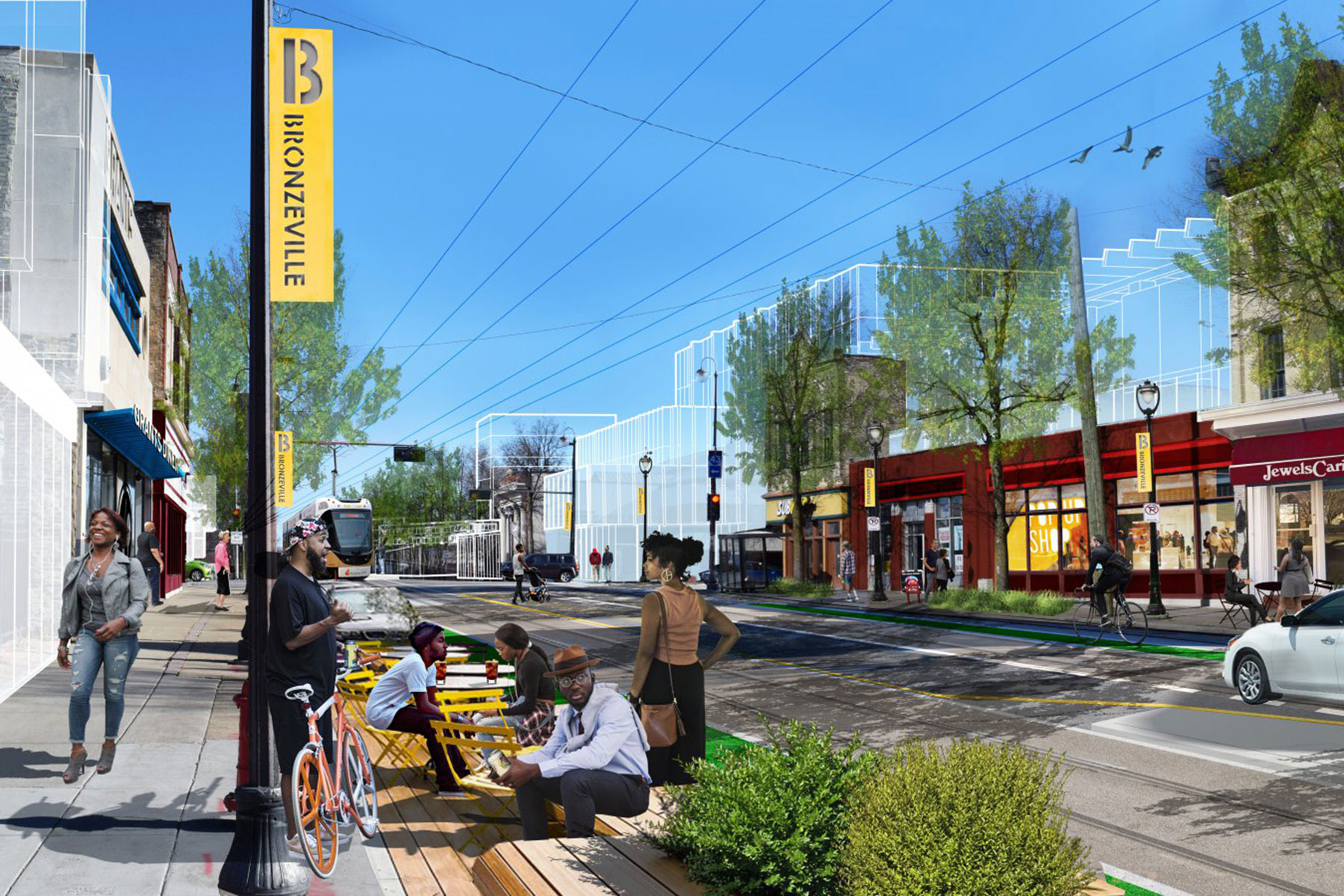Commercial and Residential Affordability Study
After planning a new streetcar line, the City of Milwaukee created an affordability strategy to mitigate the potential displacement of residents and businesses in existing neighborhoods due to increased market demand.
CHALLENGE
Too often, infrastructure improvements spark patterns of development and neighborhood change that inadvertently displace the very people who would benefit from those investments the most. The City of Milwaukee, while planning a new streetcar line to connect the Walker’s Point and King Drive neighborhoods to the City’s historic core, wanted to ensure that the people living and working in these neighborhoods would benefit from the transit investment and the market demand it creates.
The City of Milwaukee engaged HR&A to analyze how new development driven by the streetcar could strengthen neighborhoods and create better connections within the city. Additionally, the City wanted to understand its options for ensuring that residential, commercial, and retail rents could remain affordable to existing residents.
Solution
To clarify the expected market demand associated with the new streetcar, HR&A evaluated the local real estate market, trends, and demographics, and explored whether gentrification and displacement occurred under existing market conditions.
This market analysis informed the city’s understanding of future development needs, and the city further engaged the team to identify appropriate commercial development and tenant types, as well as a phasing strategy for the implementation of a detailed tenanting strategy.
HR&A also explored state and local policy to recommend tools that would achieve the city’s goals of (1) retaining residents and neighborhood character, (2) increasing affordable and mixed-use development, and (3) improving housing quality and homeownership prospects for area residents. To maintain the affordability of retail spaces, HR&A recommended the city develop new programs that would allow existing businesses to benefit from the transit investment, empower local entrepreneurs – including minority and women-owned businesses, and create a mix of jobs that are accessible to the existing community.
Impact
HR&A identified and described a series of effective housing and retail affordability programs to inform ongoing City planning conversations. HR&A rated the potential impact of each of affordability mechanism against City goals to develop a suite of recommended priority options for further consideration.
READ THE REPORT HERE

After planning a new streetcar line, the City of Milwaukee created an affordability strategy to mitigate the potential displacement of residents and businesses in existing neighborhoods due to increased market demand.